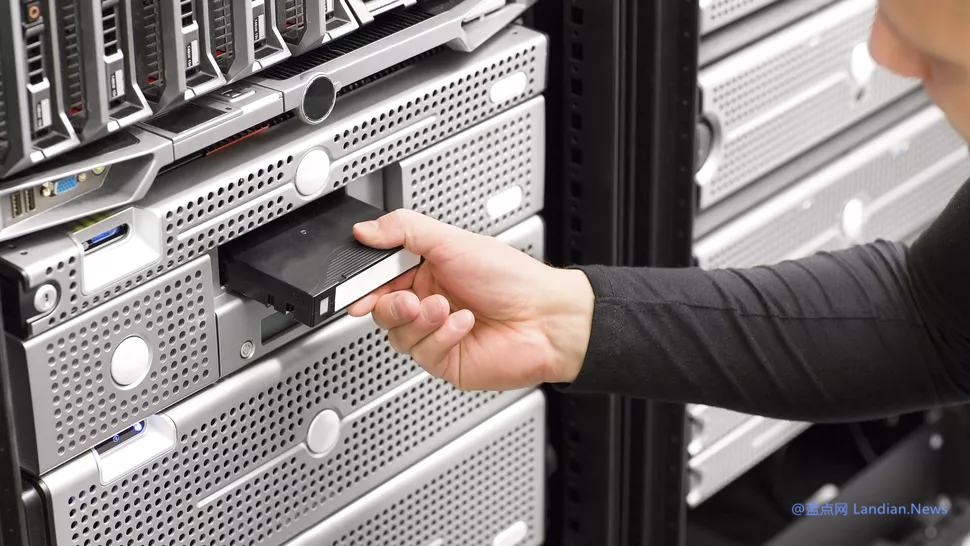Reviving Tape Storage: How Large Enterprises Can Benefit from Lower Carbon Emissions and Costs
With the advancement of technology, tape storage has gradually withdrawn from the consumer market. However, in the enterprise storage sector, tape remains a compelling choice, particularly in the current push for carbon neutrality, with major companies striving to meet this goal.
The IEEE (Institute of Electrical and Electronics Engineers) magazine recently published an article detailing the benefits of tape storage for large enterprises. These benefits extend beyond lower carbon emissions; they include lower costs and suitability for cold storage.
According to a study by IDC in 2019, 60% of data is suitable for tape storage - meaning data suitable for cold storage, i.e., data accessed infrequently, such as once a year, three years, or even five years. However, an estimated mere 15% of data is stored on tape currently.

Compared to HDDs, tape's key advantages are a lifespan that is twice as long and significantly lower energy consumption. IEEE cited data showing traditional mechanical hard drives' lifespan to be around 5 years, generating 2.55Kg of CO2 per TB per year. Some tape storage options can last up to 30 years, emitting only 0.07Kg of CO2 per TB per year.
These figures on lifespan and CO2 emissions illustrate a considerable gap between mechanical hard drives and tape storage. While tape storage's data read/write speed is substantially inferior to mechanical hard drives, enterprises can exploit tape's strengths by storing data that is essentially never accessed again, such as compliance-related data that must be retained for up to five years.
Another example cited by IEEE involves data centers, where storing 100PB of data for 10 years using mechanical hard drives would generate about 7.4 tons of electronic waste. In contrast, tape storage would only produce 3.6 tons.
IEEE also interviewed Brad Johns, a senior figure in IBM's data storage business and a storage consultant. Johns compared the total costs for a data center with 100PB of data over 10 years, finding that HDD-based centers would cost $17.7 million, whereas tape storage would reduce this to $9.5 million.
Despite these advantages, most companies ignore tape storage. Industry observers note that larger enterprises with more resources can better transition to tape storage as data classification and sorting require time, money, and effort. Many businesses prefer to spend extra money rather than invest time and effort in learning about and implementing this solution.
Johns believes that, due to the strong momentum of adopting cold storage, tape may maintain its compelling advantages for the next decade.
